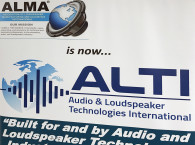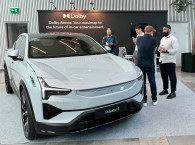We just returned from two intensive days of ALMA International Symposium & Expo (AISE) and CES 2016 show in Las Vegas. Both events where extremely enlightening and motivating, offering the opportunity to discover excellent new products and technologies, listening to very high quality demonstrations, exchange views with some top experts in the industry and attend excellent parties and networking events. What more could be asked for?
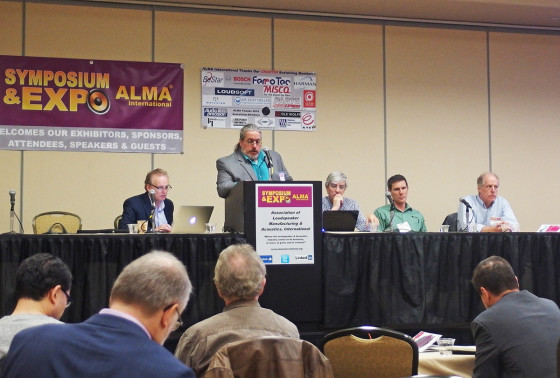
Excellent presentations on new generation audio drivers, speaker component testing and quality control, DSP tools, listeners’ preferences, and even great product presentations made this event truly worthwhile. The ALMA Symposium is also complemented with a small exhibition area, where most of the companies involved in the presentations promote demonstrations and displays of their latest offerings.
We couldn’t help noticing the overall AISE 2016 attendance was not at the level deserved by the quality content and the commitment demonstrated by the exhibiting companies involved. This is not surprising given its timing, anticipating in two days the crazy schedule of the monumental CES show. Not surprisingly, the ALMA board of directors is discussing expanding its initiatives to coincide with other industry events where many more interested attendees could participate. The debate, as expected, has to do with the dilemma of working with more consumer-oriented audio events or instead opting for a more professional oriented forum, like the AES or Infocomm conventions. It will not be an easy decision but, in my opinion, it will be an important one. Also, ALMA should seriously consider expanding its reach with similar events promoted in Europe and Asia.
As expected, the ALMA meeting was right on target on the main trends and topics for anyone working in the audio industry, starting with the main theme for 2016, “Hi Res Audio: A Bridge To Build Or A Bridge Too Far?” which was debated in all possible perspectives in an insightful and constructive manner by key technology experts.
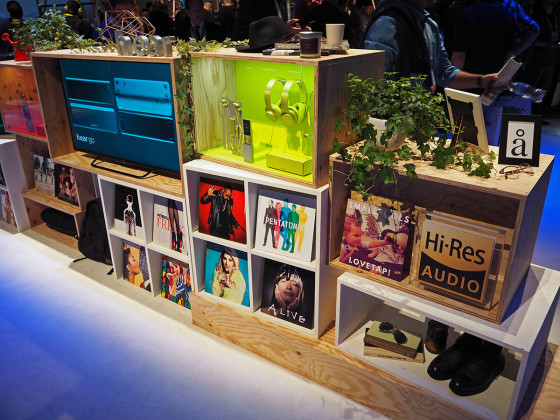
The much debated and controversial part is the acknowledgment from the audio engineering community that we need better test and measurement tools and a better understanding of audio recording and reproduction to truly leverage that additional level of information in the digital domain. That was the take-away from many of the ALMA Symposium expert-speakers.
Currently, the industry is able to design and send to market much higher quality audio products but that doesn’t necessarily mean that the average sound quality consumers' listen to is better – but there is a good reason to encourage consumers to aim for that better experience. We have products with much better specifications and technologies able to reproduce much higher quality signals, but and we are only measuring a small fraction of the chain and we basically estimate what they should be able to do. Independently of the high-resolution audio debate, industry experts agree that we need to improve the standards by which we currently design and evaluate the solutions that are being introduced to the market.
Discussing high-resolution music – differently from high-resolution audio - keynote Speaker, Mark Waldrep, explained how high quality recordings – analog or digital – have been and are generated on recording studios (for quite some time), but are simply not in tune with the record industry’s practices. Now that the market is embracing the possibility of high-resolution music distribution, the whole chain needs to be involved to guarantee that effectively we will be generating content that matches what was in fact recorded initially and not embark on strategies to fool the consumer – like simply up-sampling 16 bit material to higher sampling frequencies, or selling standard CD files as “high-resolution”, and simply assume that “no one will notice the difference”.
The diverse industry perspectives in the ALMA Symposium also served to demonstrate the relativity of the notion of high-definition and high-quality, as explained by Marc Marroquin, from HEAD acoustics, in his overview of communication systems, which are finally able to be “wideband capable” supporting voice communication from 150 Hz to 6,800 Hz. “A really big deal” for telecoms and the reason why they call it HD Voice, something any consumer is able to recognize as a clear improvement.

Like G.R.A.S and Audio Precision, Listen also detailed how to gather objective response data for a number of commercially available headphones and the need to “develop a robust process for evaluating and appropriately equalizing headphone responses to a psycho-acoustically valid target and to understand the constraints”.

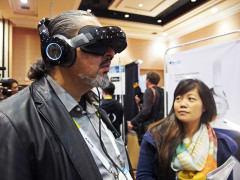
Yours truly trying the impressive
Royole Audio and Video Immersive Headset.
All this will be reflected in our continuous coverage of CES 2016 online and will gradually be featured in audioXpress and Voice Coil articles. One of those articles will be dedicated to MQA technology, which we can now officially declare to be our 2016 Audio Technology of The Year. Congratulations to Bob Stuart and the whole MQA team.






